Buying Asian ingredients can be a challenging experience. You have to negotiate foreign languages, poor and/or awkward English translations, labels that look nearly identical to find something that will work for your cooking needs. Between my family and friends, we’re always discussing what to buy. My parents often send oddball stories from Vietnam about dishonest food product manufacturing. Skepticism abounds but I always manage to keep moving forward.
A couple weeks ago on the Chinese beef and black pepper stir-fry recipe, Biki wrote,“I'd like to have your opinion on the safety of food items from China please. One hears so many contradictory information that I'm afraid to buy any food with a Made in China label.” Funny Biki should ask because I was thinking about that topic and discussing it with a friend.
Biki got me looking through my pantry to inventory all the “Made in China” ingredients. Most of what I have are condiments and rice wine, canned food products (bamboo shoots and water chestnuts), dried foodstuffs (shiitake mushroom, wood ear/fungus, tofu sticks, and bamboo leaves), and pickled or fermented items (tofu, turnip, and the like.) What I use most frequently are the condiments.
Below is a closeup of the labels from the condiments at top of this article. They are all made in China. They include my favorite every day, Chinese-style soy sauce made by Pearl River Bridge. Sure, you can use Kikkoman but when PRB’s Golden Label is deployed, the flavor is spot on. As for the Maggi, the one made in China is least expensive and devoid of MSG (if that’s a concern).

The Pagoda brand of Shaoxing rice wine is great for creating Chinese flavors; I buy it at Chinese markets. And, there’s the Gold Plum brand of Chinkiang vinegar that I use for kung pao and dumpling dipping sauce. I have never suffered adverse effects from these ingredients and while there are substitute workarounds, they are not completely similar.
There are reasons why these brands are sold at Chinese and Southeast Asian markets, as well as online at Amazon. If they were harmful, why would many retailers carry them for all these years? Many of my Asian cookbook author friends suggest these brands too. So buy trustworthy brands and let the marketplace push a dishonest brand to straighten up.
What about when I’m buying an unfamiliar ingredient and have to start out from scratch? When I was working on the Asian Tofu book, I had to figure out fermented tofu. I spent months on a from-scratch recipe and then spent a lot of time shopping for it. One of the best brands of fermented red tofu came in this ceramic container. It was charming with the red ribbon. There was tape sealing the lid. It cost roughly $5, the highest price of all the brands. I saw the brand at several Chinese markets and decided to try it out.
The fermented tofu was amazing, but at first, I was doubtful: it was contained in a loose plastic bag meticulously tied closed with a string. It was fermented and there was no mold or off smell. I ate it. Nothing bad happened. In fact, the tofu made foods like roasted chicken and pork belly taste dynamite.
The tape that originally held the lid and container together was so sticky that it was pain to remove. Then I realized that the charming red ribbon was tied so tight that if someone were to try to tamper with the packaging, the red ribbon would look disheveled; note how mine appears. The ribbon wasn’t there just for looks but also for safety. The people at the source in China wanted to package their product to deter tampering. Similarly, the Sichuan chile bean sauce that I’ve bought is also oddly packaged (note the string use) but it’s terrific stuff.
A fair number of Chinese cooking ingredients are made in Taiwan, which is Chinese but not communist mainland China. Taiwan is modern and exports a lot of Asian ingredients abroad. The flavors tend to be a lighter and slightly sweeter than that of mainland China. The sweet soy sauce below is a Taiwanese product that’s just lovely and deep, somewhat thick and sweet-savory like oyster sauce but without the oysters. In general, Taiwanese products are reliable and well made. The sesame paste is great for cold noodle dishes.
Don’t forget Hong Kong, a territory of China that’s been exporting products abroad for a long time. Lee Kum Kee, sold at supermarkets and Asian markets, is based in Hong Kong with factories in Hong Kong, China, Malaysia, and Los Angeles. I’ve been to the sparkling clean facility in Los Angeles.
Koon Chun, sold mostly only at Asian markets, is based in Hong Kong, and the maker of one of my favorite hoisin. For briny shrimp sauce (mam tom/mam ruoc in Vietnamese), I prefer the Lee Kum Kee and Koon Chun brands over ones from Vietnam which tend to be funky and less refined.
And read the label. I’ve been wondering why Lee Kum Kee’s premium oyster sauce was tasting different. Last week, thanks to Biki’s question, I revisited the label and realized that what’s sold in the U.S. is now also made here for the American market. Who would think looking at all the Chinese characters on the labels?
As for the Kikkoman oyster sauce, I looked it up online and it’s made in America too. The green-label oyster sauce does not contain MSG, if that is an issue that matters to you. Amazing. Chinese-American oyster sauce is at your finger tips!
Aside from buying established, standard brands, examining packaging well, and buying at the upper end of the price range, how else may you be a smart Asian food shopper? I asked George Tong, a Taiwanese-American and president of Gemini Foods Corporation, one of the leading Asian food importer and distributor in America. They are responsible for other people’s products as well as their own under the Imperial Taste brand. Gemini succinctly discusses food safety in their handling process, including compliance with Food and Drug Administration (FDA) standards.
I’d originally asked George about Imperial Taste’s mushroom seasoning granules and he pointed out the full ingredient list on the label. He’s transparent about the ingredients, noting that the yeast extract and soy protein contain glutamic acid though not at the same level as that in MSG. If you are sensitive to glutamic acid, mushroom seasoning is not for you. Imperial Tastes’ product is made in China and passed FDA inspection.
As someone who has decades of experience providing Asian ingredients to the American market and assessing the overseas production facilities of those ingredients, George had some practical food safety insights to help consumers:
Consumers should worry about things that can grow bacteria, that would be anything with liquid and dairy products, such as pre-washed salad, fruits (cantaloupe, remember?), and soft cheese. If there are contamination from filth during the process, it’s gross but it won’t get you very sick. Bacteria can kill you or make you very sick and I would worry more about that. That is also why the FDA bans almost all dairy import except from a few countries. The FDA also requires that you show how you handle the products with liquid during your manufacturing process. For example, did you use good pasteurization process? Did you keep the water activities low enough so bacteria can’t grow in it? If you look at food safety scandals coming out of Asia in the recent years, it’s mostly about contamination of filth or something really gross for their domestic products. They tend to have different manufacturing process standards for export products.
So what about soy sauce? It’s a liquid, George! He explained that soy sauce has to pass an FDA review process like the one he described. And, that most soy sauce manufacturing for big companies is automated so there is usually minimal human contact with the production process so as to create a food safety concern. There's low contamination risk.
I’d like to also add that I do not buy fresh produce grown in China, such as the ginger, garlic, and shallots sold at Asian markets. Those ingredients are available Stateside and are of excellent quality.
Answering Biki’s question has not been easy because this is a complex issue. Use good judgment to choose wisely and do not be afraid. A little skepticism is good but outright fear can result in you missing out on a lot of great food experiences.













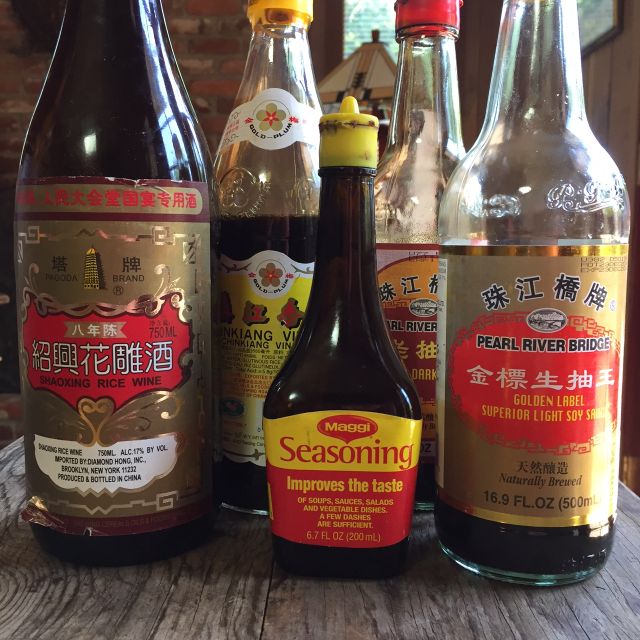

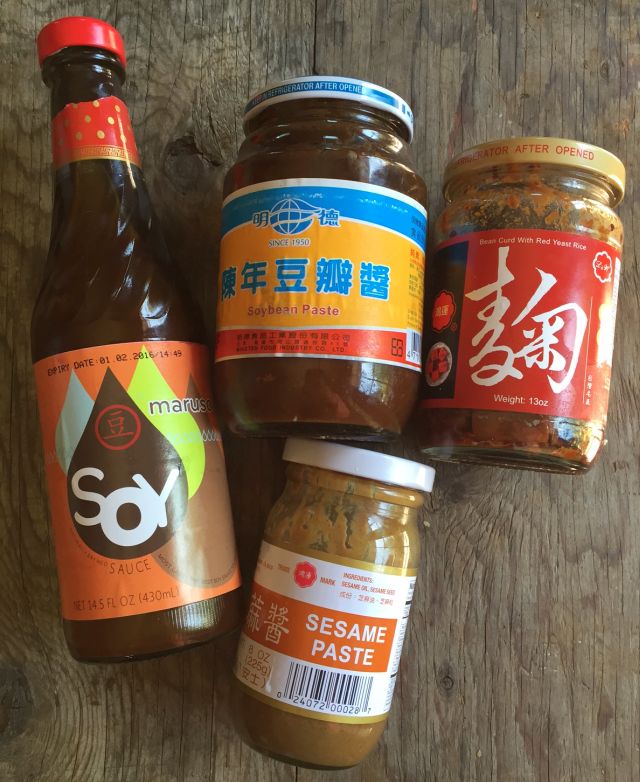
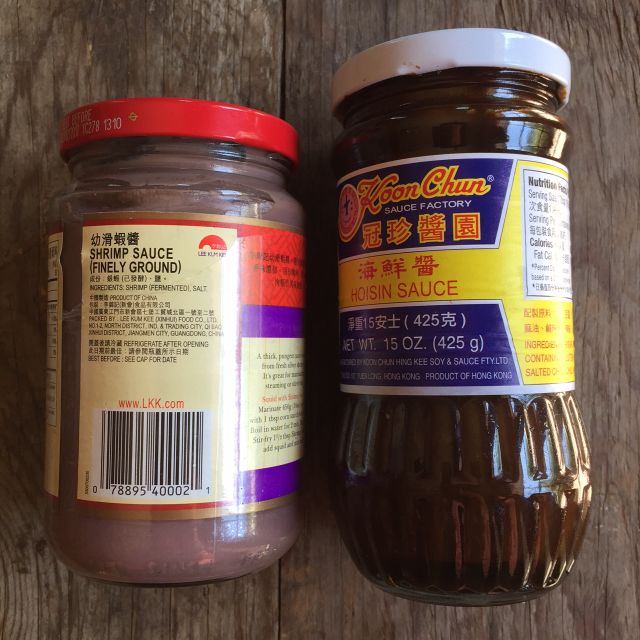
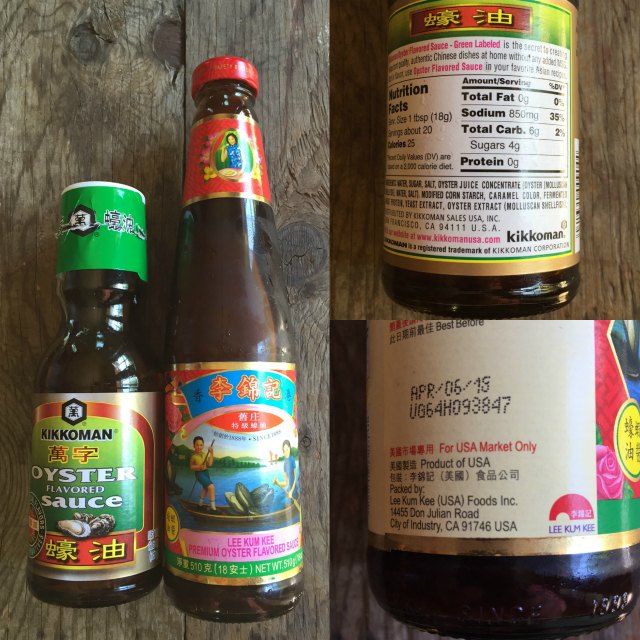
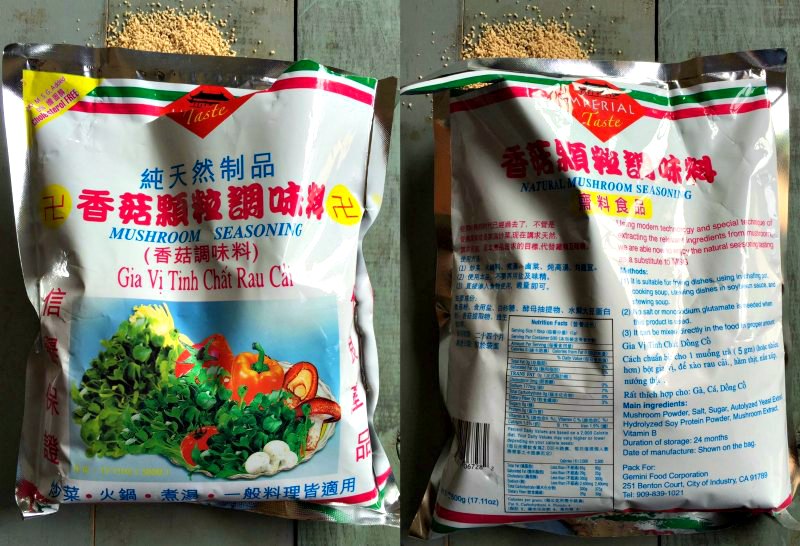


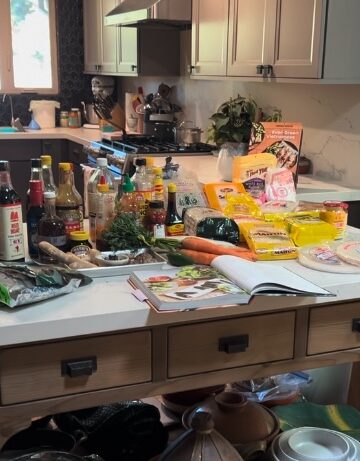

Barbara says
Hello Andrea Nguyen.
It’s been 10 years since I've moved to a Rural state in Brazil, where it's just not possible to get my dietary fixes. Here in Brazil people tend to purchase a lot from aliexpress. What's your opinion on ordering food items from sites such as Ali?
Andrea Nguyen says
Hi Barbara,
I'm not familiar with Aliexpress. You can cross reference their brands to make sure that they're good. Often times, the brands that are exported are much better than ones sold in-country. No international company wants a lawsuit from the outside. It sounds terrible for in-country people but many people know how to filter things. If there's a discussion community that you can tap into for advice, that may provide reassurance. Thank you for writing!
Betsey Herbicek Fehn says
Hi Andrea,
I recently purchased szechuan peppercorns in a labeled vacuum sealed 4oz package from an Asian market. The brand is Golden Flower. My concern, which unfortunately I did not notice until I got them home, was a note on the back all in caps:
"USER WARNINGS
DO NOT EAT AS A SNACK, RAW FOOD PLEASE WASH UNDER TAP WATER FOR AT LEAST 5 MINUTES BEFORE COOKING. PLEASE COOK IN HOT BOILING WATER FOR 30 MINUTES BEFORE CONSUMING.
CONTIANS SULFITES"
After reading that, I am not sure if I should use this product at all. For that matter, I cannot see how the delicate peppercorns could hold up to such cleansing and still provide the flavoring and numbing that they are famous for.
Please advise.
Thank you,
Betsey
Andrea Nguyen says
That is very strange. Why would a food exporter put such a warning label on a product and expect it to sell? Boy, I don't know what to say but to start over? Is there a spice shop near you? If there is, they likely have Sichuan Peppercorns and can validate their quality. Amazon has some good options, like this one:
https://amzn.to/2CvSLJC
Store them in the freezer because four ounces is lot!
That said, I've purchased the peppercorns in China and brought it back in my luggage. I've used those peppercorns and I'm still alive. Sulfites are not dangerous so maybe the producer it trying to be extra careful?